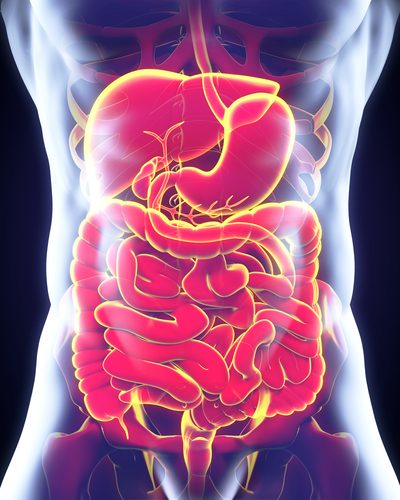 A research team led by Salvatore Cucciara from the Paediatric Gastroenterology and Liver Unit at the Sapienza University of Rome, Italy recently conducted a prospective comparison blinded study on 25 patients recruited from a Tertiary center for pediatric inflammatory bowel disease. The researchers aimed to evaluate sensitivity, specificity, and accuracy of three different imaging methods, specifically, magnetic resonance enterography (MRE), small-intestine contrast US (SICUS), and capsule endoscopy (CE) in the diagnosis of pediatric small bowel in Chohn’s disease.
A research team led by Salvatore Cucciara from the Paediatric Gastroenterology and Liver Unit at the Sapienza University of Rome, Italy recently conducted a prospective comparison blinded study on 25 patients recruited from a Tertiary center for pediatric inflammatory bowel disease. The researchers aimed to evaluate sensitivity, specificity, and accuracy of three different imaging methods, specifically, magnetic resonance enterography (MRE), small-intestine contrast US (SICUS), and capsule endoscopy (CE) in the diagnosis of pediatric small bowel in Chohn’s disease.
In the study titled, “Magnetic resonance enterography, small-intestine contrast US, and capsule endoscopy to evaluate the small bowel in pediatric Crohn’s disease: a prospective, blinded, comparison study” recently published in the journal Gastrointestinal Endoscopy, the research team compared each imaging method with a standard method for upper small-bowel imaging, and with ileocolonoscopy for the terminal ileum.
All patients participating the study had ileocolonoscopy, MRE, SICUS, and CE for a total period of 7 days. For each imaging method, examination of the small-bowel was separated in 3 sections: jejunum, proximal and mid ileum, and terminal ileum.
Results revealed that in the jejunum, the sensitivity of SICUS and CE was 92%, higher than MRE (75%), and the specificity of CE was significantly lower than that of MRE. In the proximal and mid ileum, results showed that MRE and CE had higher sensitivity (100%) than SICUS (80%), but CE showed to be less specific. Lastly, in the terminal ileum, results revealed that SICUS and MRE were more sensitive than CE (94% versus 81%, respectively), however CE was more specific.
Based on these results, the researchers concluded that all SICUS, MRE, and CE are efficient choices for imaging the small-bowel. The researchers suggest that a complete assessment of small-bowel, integrating these different methods could be beneficial in this specific population of children with suspected or confirmed Crohn’s disease.
“Our study supports the use of radiation-free and well-tolerated imaging modalities as a means of first-line investigation in children with suspected or already diagnosed CD,” the researchers concluded. “The combination of SICUS and [C-reactive protein], given its high sensitivity, specificity, low-cost, and non-invasiveness, could be suggested as a first-line diagnostic approach in suspected [small-bowel] CD. MRE and CE can be subsequently used in patients with inconclusive workups, based on the local expertise and availability.”

